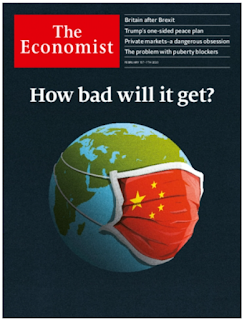Myths About Cyberattacks
In an editorial in the Washington Post last week, Ben Buchanan, the author of The Hacker and the State: Cyber Attacks and the New Normal of Geopolitics , debunks five myths about cyberwar. Myth No. 1: Cyberwar Is Overhyped and Impossible “One of the most common myths in cybersecurity,” writes Buchanan, “is that destructive hacking is a wildly overblown threat, nearly impossible, or incapable of shaping geopolitical conflicts.” Believers of this myth are fond of pointing out that squirrels cause more blackouts than hackers. Buchanan cites several examples to debunk this myth, including the 2015 and 2016 attacks by Russian hackers that turned off the power in parts of Ukraine, and the June 2017 Russian cyberattack “NotPetya” that caused more than $10 billion in damage around the world. The same day that Buchanan’s editorial appeared in the press last week, United States joined several countries in accusing Russia of a major cyberattack in the Republic of Georgia in late 20
